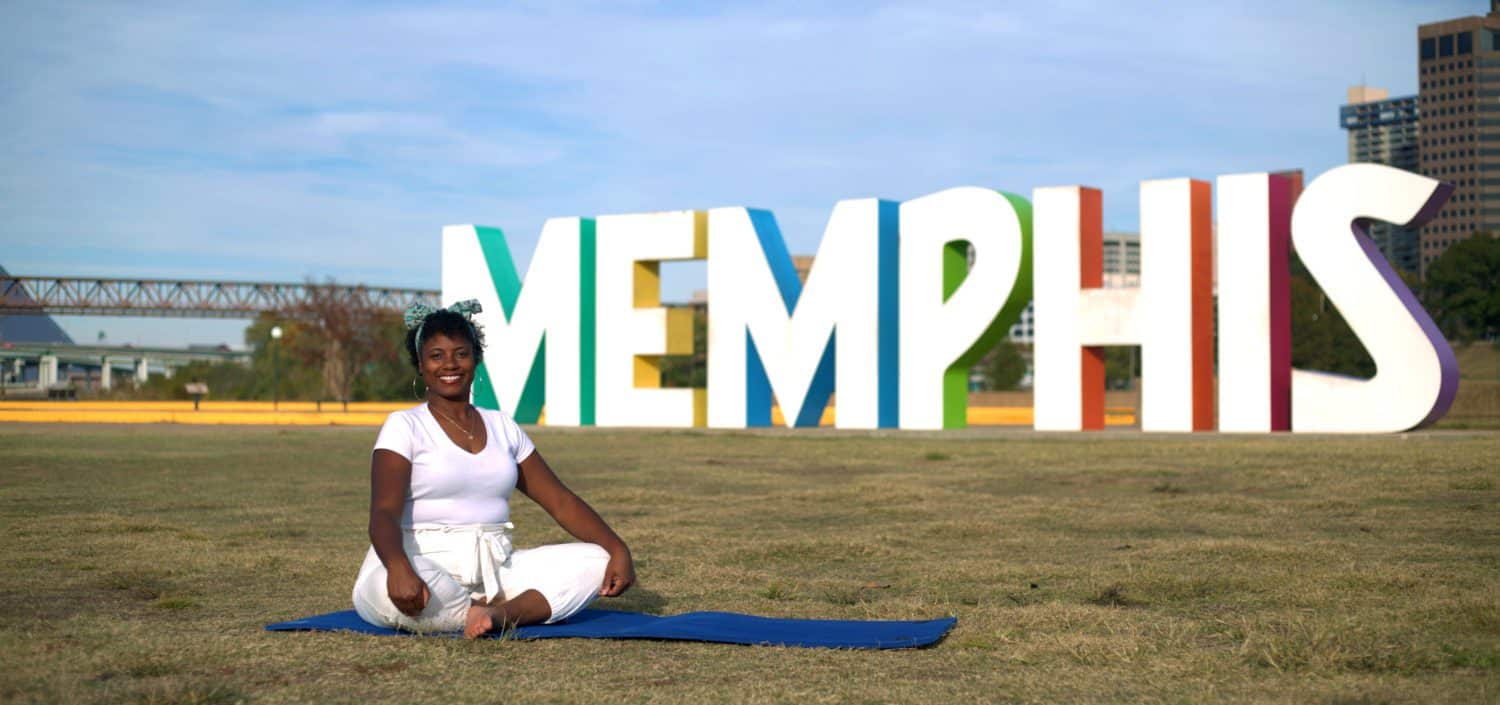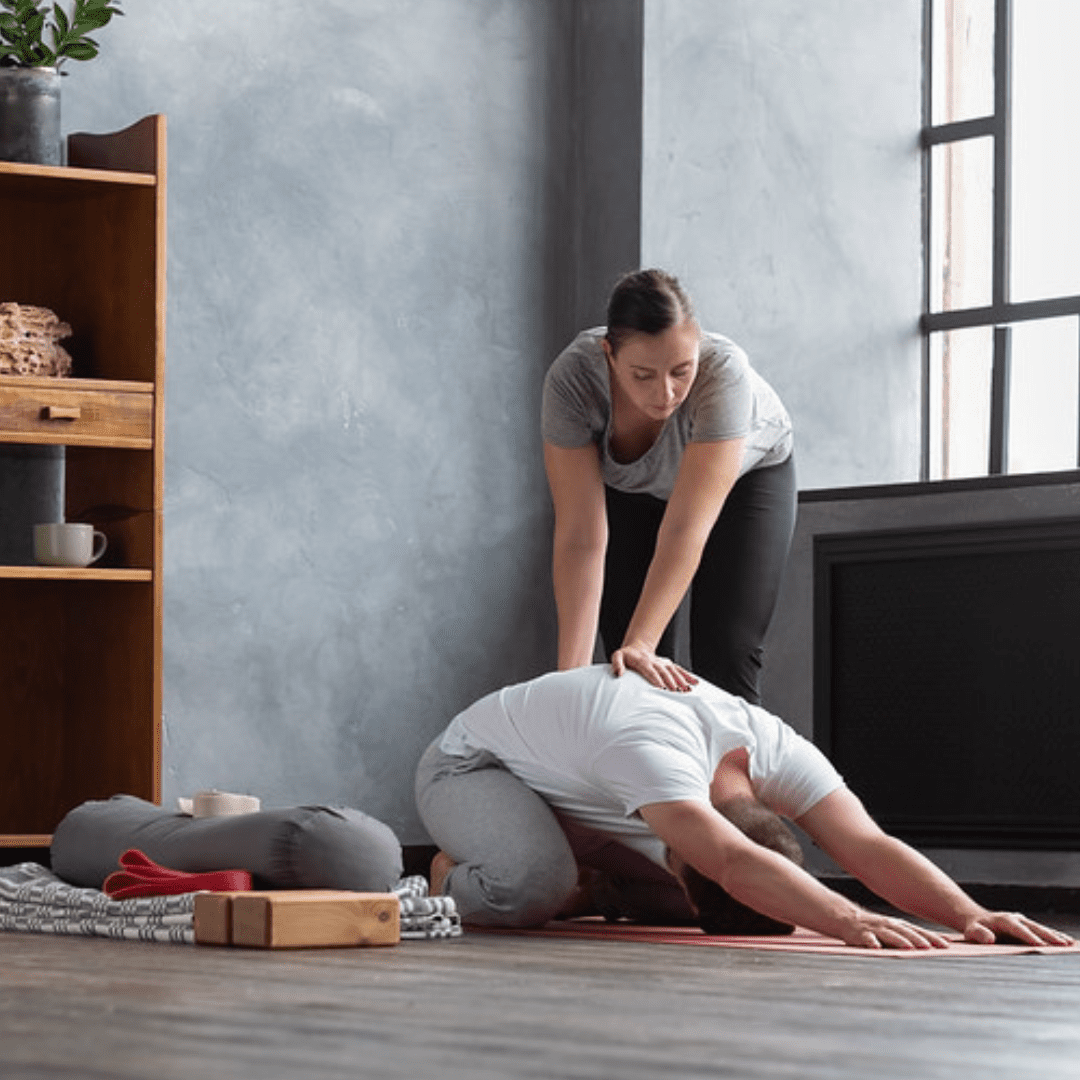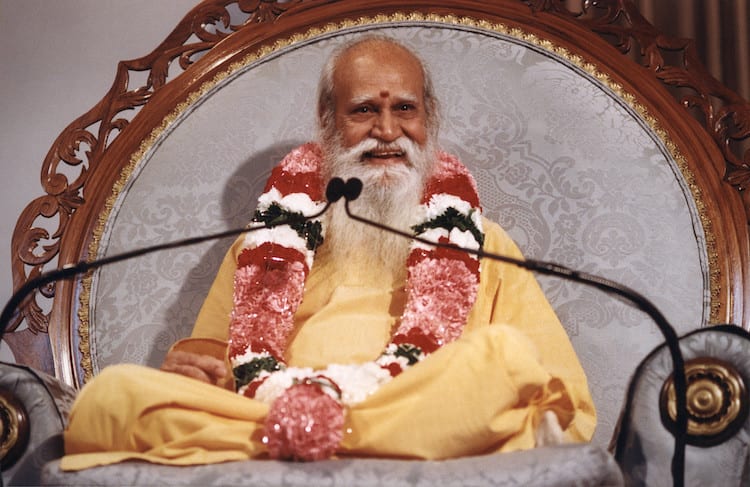For people dealing with physical challenges and chronic pain, pranayama is a very special—and vital—tool to help work with and even transcend difficulties.
Prana is the vital energy or force that causes movement. atom, even the movement of thought—is caused by prana, the cosmic energy. Electricity is prana. Your breathing is prana. Your digestion is prana. The different functions have different names, but they are all the same current or force: prana.
You get prana from food, from the sun, and from the air you breathe. It’s not simply breathing. The air stops at the lungs, but the prana goes throughout the body. Even though your lungs may be able to convert only part of the oxygen intake for the blood, the prana uses the other oxygen for all parts of the body. You are a bundle of energy. This vital force is prana. The practice of pranayama leads to the control, regulation and mastery of this vital force. It is learning to control the prana and direct it as you want. Oxygen is a great panacea, a fine medicine for all kinds of poisons. The world will be much happier if it knows the importance of pranayama.
By practicing the breathing techniques of pranayama, the mind becomes clear and fit for concentration. Pranayama purifies the nervous system and eliminates toxins from the body and blood.
You must regulate the breath for meditation because the breath binds the mind to the body. If the breath is regulated, the mind is too. Calm, slow, and steady breathing will also keep the mind very calm. But, before you calm the mind through slow, steady breathing, you should become alert. In the early morning, you can reshuffle the entire system, drive off drowsiness, bring a kind of exhilaration all over the body, remove the tension from different places, and bring harmonious movement in all the cells through bhastrika.
Patanjali says that, by practice of this pranayama, the mind becomes clear and fit for concentration. Practice a few rounds of alternate nostril breathing before meditation, and you will soon experience its benefits. This deep breathing is the nerve-purifying breath. Follow the breath with the mind. Feel how it comes in, how far it goes, and how it returns. At a more advanced stage, you can hold the breath for a period before exhaling. But you should work up to that very gradually or you could hurt yourself.
The main purposes of pranayama are to purify the system and calm and regulate the mind. Should you ever feel upset, tense or worried, do some slow deep breathing with full attention on the breath, and you will easily bring the mind to a calm state. The prana—here, as the movement of the breath—and the movement of the mind go together. They’re interdependent. If you regulate the prana, you have regulated, through the movement of the breath, that same pranic movement in the mind.
If you can control the mind you are the master. Pranayama helps you control certain parts of the body—certain muscles that are not normally under our control. By these practices we can, thus, control the mind. By controlling the breath you can control that subtle prana. But go slow. Be patient.
Pranayama should never be done in a hurry, nor should you try to advance too quickly because you are dealing with vital energy. The Yoga scriptures personified prana as a deadly cobra. So remember, you are playing with a cobra. If you play well and make the cobra dance well, you will accrue many benefits, as did the snake charmers in India. They used their snakes for their livelihood. But if they didn’t play properly, they would be killed. In the same way, with prana, you should be very careful. Do everything gently; avoid even the slightest strain and never hurry.
During pranayama practices, concentration should be inward to observe what is happening. On the inhalation and the exhalation concentrate on the flow of the breath. During retention, just look within and see what is happening. For each person it will be different.
How many of us are conscious of how we breathe? It just goes in and out fifteen or sixteen times each minute. Isn’t it strange to see the air remaining in this holy city—the human body? How many holes does it have? In a tube with many holes or punctures the air escapes. But here we have the nine gates of the city. Yet the life breath seems to be staying. It goes out, but some power seems to be pushing it back in to us. Even though we don’t worry about our life breath, somebody seems to be interested that we should stay alive.
That is why we are living. We cannot take credit for our living ourselves. We do all kinds of things to destroy ourselves, yet still we live. Isn’t it surprising? We should have died long, long ago. What makes us live then? Probably God still has something to do with us.
To learn more about pranayama and alternate nostril breathing, please watch our YouTube Video on Nadi Suddhi for Beginners.
(Excerpted from To Know Your Self, by Sri Swami Satchidananda and reprinted in the August, 2007 IYTA Newsletter)



